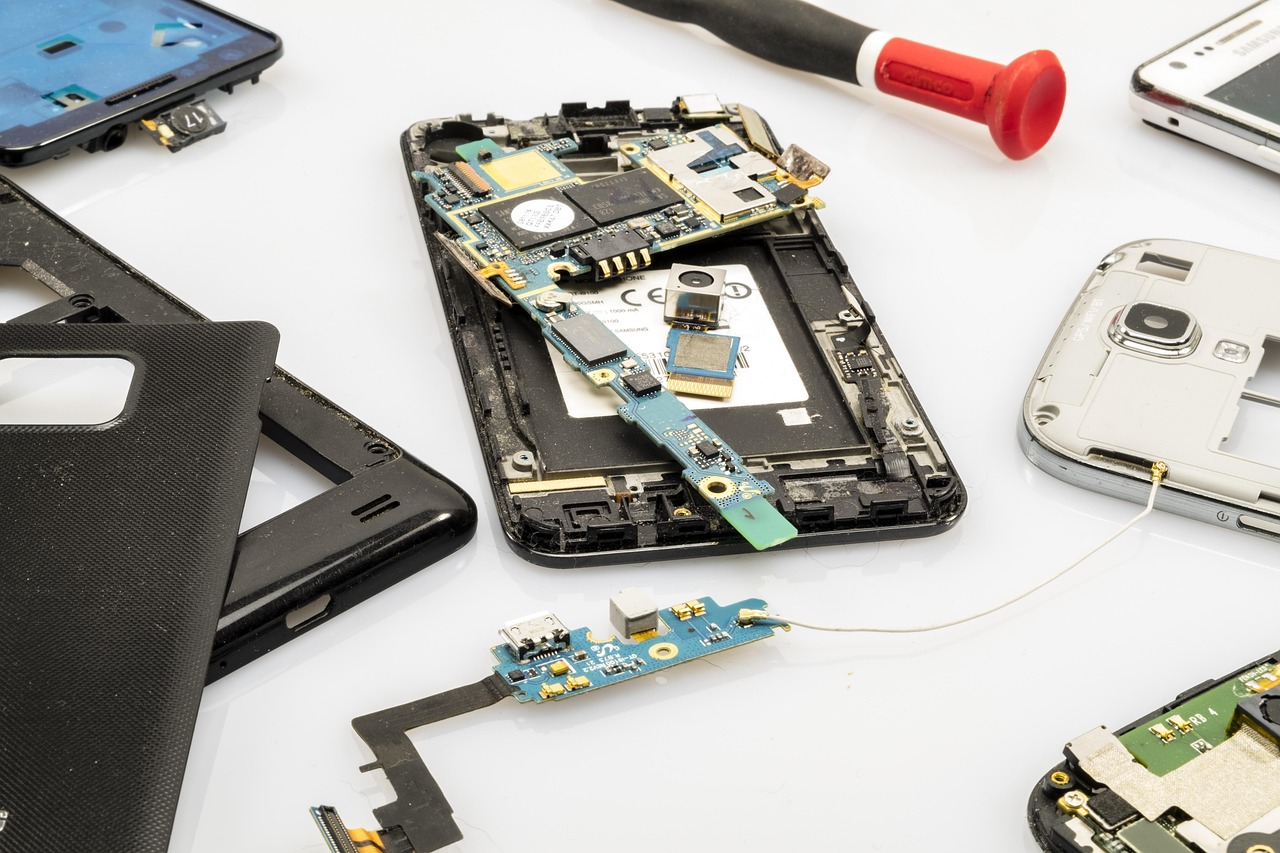The Safe Disposal of Old Cell Phones: Home vs. Professional Methods
With the rapid pace of technological advancements, it’s common to accumulate old cell phones that are no longer in use. Disposing of these devices properly is crucial to protect your data and the environment. Here, we’ll explore how to safely destroy cell phones at home, the precautions needed when handing them to professionals, and whether it’s a good idea to handle disposal on your own.
-
How to Destroy Cell Phones at Home with Care
If you decide to destroy your old cell phone at home, it’s essential to take the following steps to ensure safety and data security (Data Security, Safe Disposal):
Erase Data Thoroughly:
- Factory Reset: Perform a factory reset to wipe all personal data.
- Encryption: Enable encryption in your phone’s settings before the factory reset.
- Secure Erase Tools: Use specialized software to overwrite your data multiple times, making recovery nearly impossible.
Remove Removable Storage:
- SIM and Memory Cards: Take out and destroy SIM and memory cards separately. Cut them into small pieces with scissors or use pliers to break them apart.
Battery Safety:
- Battery Removal: Remove the lithium-ion battery before destruction. These batteries can be hazardous and should be taken to a designated recycling center (Hazardous Materials).
Physical Destruction:
- Disassembly: Use screwdrivers to disassemble the phone into individual components.
- Circuit Boards: Smash the circuit boards with a hammer while wearing safety goggles and gloves.
- Screen: Break the phone screen into small shards using a hammer or pliers.
- Crushing: Use heavy tools like a vice or a hammer to crush the phone’s components beyond recognition.
Disposal:
- Hazardous Materials: Dispose of the battery and hazardous materials at designated recycling centers.
- Electronic Waste: Utilize local e-waste recycling programs for the remaining parts (E-Waste Management).
Safety Precautions:
- Protective Gear: Wear safety goggles, gloves, and a mask.
- Ventilation: Work in a well-ventilated area to avoid inhaling harmful fumes or dust.
-
If Giving to Professionals, What Care Needs to Be Taken
When opting for professional disposal and recycling services, consider the following precautions (Professional Recycling Services):
Reputable Services:
- Choose companies with certifications and a proven track record in secure data destruction, such as R2 (Responsible Recycling) or e-Stewards.
Documentation:
- Request a certificate of data destruction to confirm that your device has undergone secure data wiping processes.
Factory Reset and Encryption:
- Perform a factory reset and enable encryption on your phone before handing it over.
Remove Storage Media:
- Take out and physically destroy removable storage media like SIM and memory cards.
Independent Verification:
- Use software tools that specialize in secure data erasure before handing your device to professionals.
“What do I do with my old mobile phones? I just put
them in a drawer”
-
Is It a Good Idea to Dispose or Destroy Cell Phones at Home?
While it might seem convenient to destroy or dispose of old cell phones at home, the potential risks and hazards often outweigh the benefits (Safe Destruction Methods):
Environmental Hazards:
- Cell phones contain hazardous materials like lead, mercury, and cadmium, which can leach into the environment if not disposed of properly (Environmental Protection).
Data Breaches:
- Improper disposal methods may not thoroughly erase your data, leaving you vulnerable to identity theft (Data Security).
Safety Risks:
- Lithium-ion batteries are flammable and can explode if mishandled, posing significant risks to your safety and property (Hazardous Materials).
Professional Services:
- Professional recycling services ensure that hazardous materials are handled correctly, valuable components are recovered, and your data is securely erased (Professional Recycling Services).
Source :

